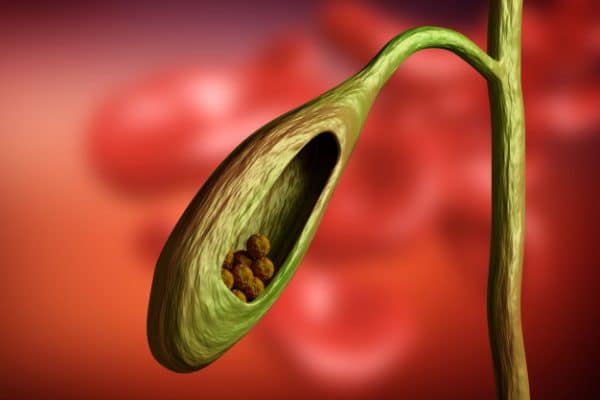
Cholelithiasis (Gall stones) causes and treatment
Cholelithiasis (Gall stones) causes and treatment
Prof. Ismail Radwan
General Surgery Consultant and Endoscopes
United Doctors Hospital
Digestive system diseases are the most common in this era, and infections of the gallbladder (Cholelithiasis) are the most prevalent among the diseases of this system.
The gallbladder is the storehouse of bile juice produced by the liver, which is used when food passes through the duodenum.
Among the most important diseases of the gallbladder are acute or chronic recurrent infections. Most of them are treated medically by taking some medications and the results are good. A surgical solution may be necessary in some situations, as the gallbladder is removed in some cases.
Gallbladder infection may be accompanied by stones; And those stones are formed because of the quality of the bile juice itself, and the storage is a reason for the sedimentation of stones that start small and then grow gradually until they reach several centimeters in some cases.
In some cases; As a result of the release of a specific substance in the juice, the stones are formed, as happens in cases of high cholesterol in the blood, increase in the rate of red blood cells breaking, or increasing the release of bile juice, where mostly dark-colored stones are formed.
With the advancement of surgery methods, it became easy to eradicate the gallbladder by using the surgical endoscopy, as the operation does not take more than forty minutes and the patient stays one day in the hospital and then goes out to follow up with the external clinic simply and with ease.
When the gallbladder is eradicated, digestion functions are not affected by its absence, as the liver works in harmony with the duodenum and the bile juice is released directly from the liver to the ductus biliferi and then to the duodenum, and when the stones are in the duct of gallbladder, the surgery is necessary, especially with the repeated pain seizures.
One of the complications of gallbladder stones is frequent bacterial inflammation associated with fever, and this type of acute inflammations requires the hospital to the patient under anesthesia for treatment.
The stones might migrate from the duct of gallbladder to the ductus biliferi and cause the blockage of them, which results in the “bile”, where it is noticed the appearance of a clear yellowing in the logades (white parts of the eye) and the urine color turns into a dark color that resembles the color of tea and these cases need a different treatment plan.
In the end, I would like to point out that gallstones and their inflammations have many causes and different methods of treatment, and that surgery plays an effective and successful role in many cases, with reference to the progress and ease of these surgeries after the introduction of the surgical endoscope in the field, and therefore it is necessary to seek the advice of specialists so that the optimal treatment method can be selected for these cases.




